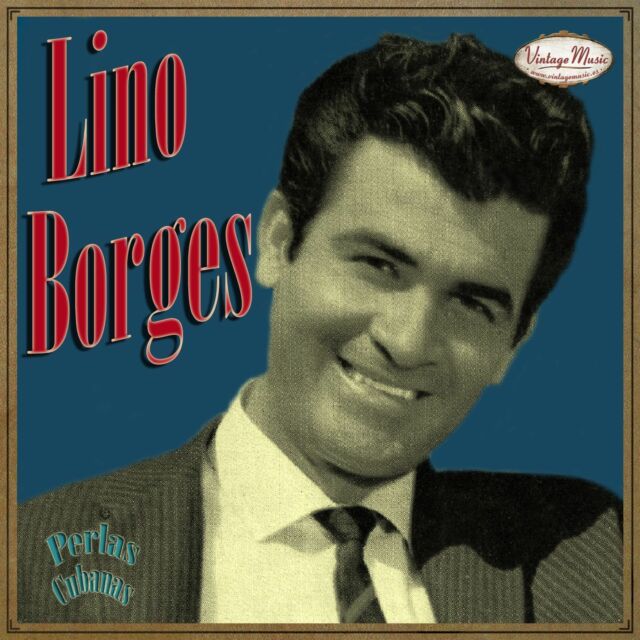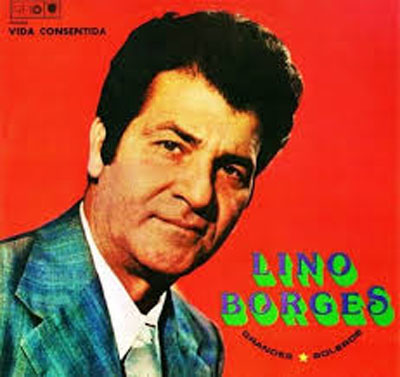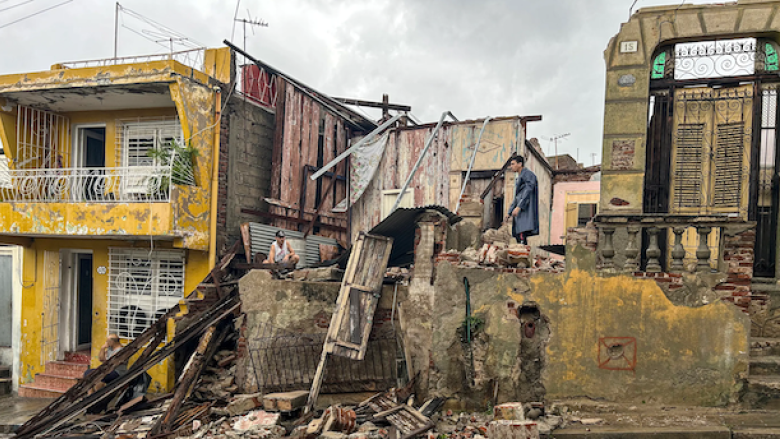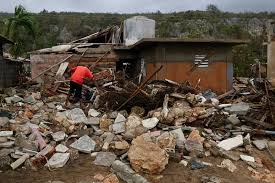
ESTADOS UNIDOS COORDINARA CON LA IGLESIA CUBANA UNA DONACION DE TRES MILLONES DE DOLARES. PHOTOS.
EE UU coordinará con la Iglesia católica una ayuda de tres millones de dólares para las víctimas de Melissa. Apoyo internacinal. Desde Panamá salen más de sesenta toneladas de ayuda humanitaria para Jamaica y Cuba.
LA HABANA- El Gobierno de Estados Unidos “destinará directamente” tres millones de dólares, en coordinación con la Iglesia católica, para ayudar a los damnificados en Cuba por el huracán Melissa. El anuncio fue realizado este domingo por la Oficina de Asuntos del Hemisferio Occidental del Departamento de Estado a través de X, donde señaló que sus “oraciones están con el valiente pueblo cubano”.
El mensaje, también replicado por la Embajada de EE UU en La Habana, señala que la ayuda se centrará en los habitantes de las provincias orientales de la Isla, los “más afectados por la devastación del huracán”.
La única reacción del régimen cubano a este anuncio ha sido hasta ahora un tuit críptico del canciller, Bruno Rodríguez, que se limita a publicar una cita de Fidel Castro: “Porque lo que no pueden perdonarnos los imperialistas es que estemos aquí, lo que no pueden perdonarnos los imperialistas es la dignidad, la entereza, el valor, la firmeza ideológica, el espíritu de sacrificio y el espíritu revolucionario del pueblo de Cuba”.
El anuncio llega días después del intercambio de mensajes entre el secretario de Estado de EE UU, Marco Rubio, y el viceministro de Relaciones Exteriores, Carlos Fernández de Cossío. El jueves pasado, el funcionario de la Casa Blanca había señalado que “la Administración Trump se solidariza con el valiente pueblo cubano que continúa luchando para satisfacer sus necesidades básicas”. En su post, agregó que Estados Unidos estaba “preparado para proporcionar asistencia humanitaria inmediata, tanto directamente como a través de socios locales que puedan hacerla llegar de la manera más eficaz a quienes la necesitan”.
El funcionario de la Casa Blanca había señalado que “la Administración Trump se solidariza con el valiente pueblo cubano”
En respuesta, Fernández de Cossío había exigido “precisión sobre cómo y en qué manera están dispuestos a ayudar”, mientras que Juan Antonio Fernández Palacios, embajador de la Isla ante la Unión Europea, respondió a ese tuit que “nada de limosnas ni condicionamientos. La comunidad internacional, de manera abrumadora ha dicho lo que tienen que hacer. Nada más que decir”, luego de la votación en la ONU de la resolución sobre el embargo estadounidense, el pasado miércoles.
No obstante, la vía elegida por Washington para enviar la ayuda pone contra las cuerdas al Gobierno cubano, debido a la intermediación de la Iglesia, una institución con presencia territorial y credibilidad y aceptación entre la población.
Hasta el momento, La Habana no ha respondido a través de sus canales oficiales o de algún funcionario o ministerio. Las últimas publicaciones han destacado los envíos de ayuda humanitaria por parte de China o los convenios de colaboración con Naciones Unidas para el desarrollo sostenible.
Esta no es la primera vez que Washington ofrece ayuda a la Isla tras el paso de un huracán. Ya en 2012, cuando Sandy arrasó también Santiago de Cuba, se dio una disputa muy similar a esta, cuando la Oficina de Asistencia para Desastres en el Extranjero de EE UU hizo la misma oferta de enviar asistencia humanitaria al margen del Gobierno, una inusual práctica que el régimen no se plantea aceptar.
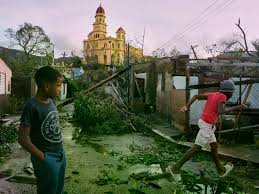
DESASTRE EN EL PASO DEL HURACAN
En Granma, las intensas lluvias y el desbordamiento de presas han inundado amplias zonas del valle del río Cauto
En Granma, las intensas lluvias y el desbordamiento de presas han inundado amplias zonas del valle del río Cauto
Por el momento, las consecuencias siguen siendo grandes en el país, cuatro días después del impacto de Melissa. En Granma, las intensas lluvias y el desbordamiento de presas han inundado amplias zonas del valle del río Cauto, mientras siguen las labores de rescate y evacuaciones en varias provincias del oriente del país, como también han destacado las cuentas oficiales del Gobierno.
Asimismo, el Programa Mundial de Alimentos (PMA) informó a la agencia EFE que estima que actualmente unas 700.000 personas en Cuba, más del 7% de la población, precisan su ayuda a raíz del paso del meteoro.
Aunque por el momento no hay una evaluación preliminar de daños por parte del Gobierno cubano y no se ha informado de víctimas mortales, el Ministerio de la Construcción dijo el viernes que había un total de 16.464 viviendas con afectaciones, de ellas 1.142 con daños parciales.
El informe preliminar, publicado en la televisión estatal, agregó que Melissa dejó al menos 1.318 derrumbes totales de viviendas, la pérdida de 5.279 techos –de manera total– y otros 8.666 con destrozos parciales.

UNITED STATES TO COORDINATE WITH THE CUBAN CHURCH A DONATION OF THREE MILLION DOLLARS. PHOTOS.
US to coordinate with the Catholic Church a donation of three million dollars for victims of Melissa International support. More than sixty tons of humanitarian aid depart from Panama for Jamaica and Cuba.
HAVANA – The United States government will “directly allocate” three million dollars, in coordination with the Catholic Church, to help those affected in Cuba by Hurricane Melissa. The announcement was made this Sunday by the Bureau of Western Hemisphere Affairs of the State Department through X, where it stated that its “prayers are with the courageous Cuban people.”
The message, also shared by the US Embassy in Havana, indicates that the aid will focus on the inhabitants of the eastern provinces of the island, those “most affected by the devastation of the hurricane.”
The only reaction from the Cuban regime to this announcement so far has been a cryptic tweet from Foreign Minister Bruno Rodríguez, which simply quotes Fidel Castro: “Because what the imperialists cannot forgive us for is that we are here, what the imperialists cannot forgive us for is the dignity, the integrity, the courage, the ideological firmness, the spirit of sacrifice, and the revolutionary spirit of the Cuban people.”
The announcement comes days after an exchange of messages between US Secretary of State Marco Rubio and Deputy Foreign Minister Carlos Fernández de Cossío. Last Thursday, the White House official stated that “the Trump Administration stands in solidarity with the courageous Cuban people who continue to struggle to meet their basic needs.” In his post, he added that the United States was “prepared to provide immediate humanitarian assistance, both directly and through local partners who can deliver it most effectively to those who need it.”

Agencies/ 14yMedio/ CubaHoy/ Internet Photos/ Arnoldo Varona.
THE CUBAN HISTORY, HOLLYWOOD.




